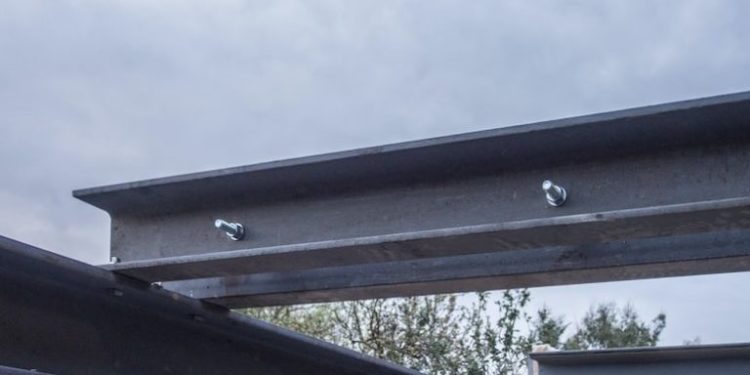Structural steel is a category of steel used for making construction materials in various shapes. Many structural steel shapes take the form of an elongated beam having a profile of a specific cross-section. The types of structural steel sections normally used are beams, channels, flats, and angles.
H-beam can be defined as a structural beam made of rolled steel. The cross-section of this beam looks like a capital H, alluding to its name. It has a bevel where the three pieces of metal come together and can be manufactured to any desired length.
For this type of beam, there is no inclination inside the flange. I-beam, on the other hand, is structural steel made as a single piece of metal throughout. It derives its name from its cross-sectional area that looks like a capital I. It has an inclination in the flange. For both beams, the horizontal flanges resist bending movement while the web resists shear stress.
The main difference between I-beam and the H-beam is the flange-to-web ratio. The H-beam has a bigger ratio than the I-beam. The implication is that H-beam tends to be heavier compared to a similar length of I-beam section. The section of the I-beam is good at bearing direct pressure and tensile forces, but it is too narrow to resist twisting, which is the opposite of the H-beam.
The H-beam has a longer maximum span of up to 330 feet compared to the I-beam’s 100 feet maximum span. Comparing the two beams as structural supports under the same weight, the H-beam is better than the I-beam. However, where the weight and force on a wall may pose a structural issue, the I-beam is more favourable because it is less heavy.
Uses of these beam sections include support trusses or the main framework of a structure and providing load-bearing support when used horizontally as columns. Additionally, they are crucial in constructing bridges, buildings, and other structures requiring high strength and stability.
By understanding the differences and applications of I-beams and H-beams, construction projects can achieve optimal structural integrity and efficiency.
















